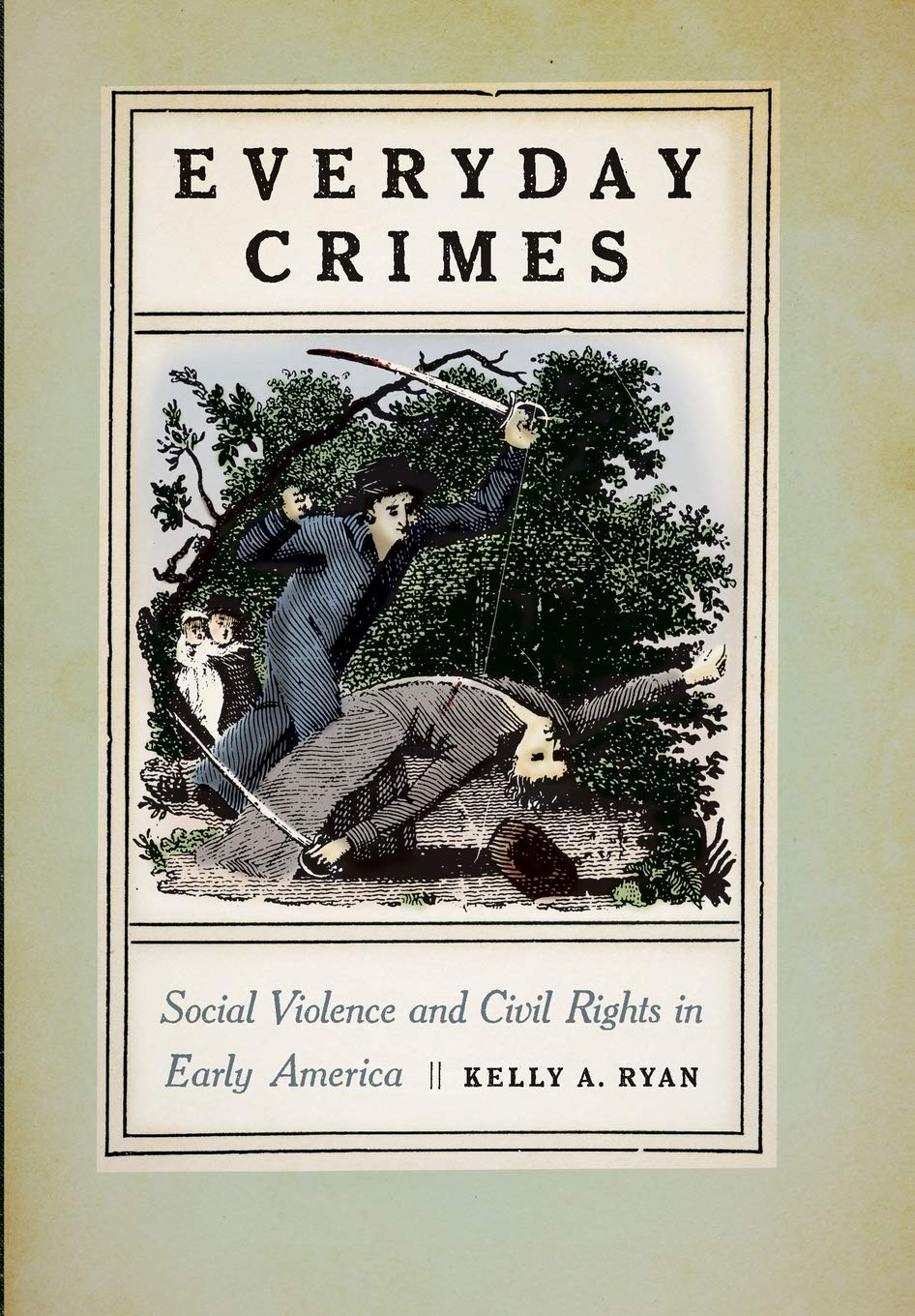 Everyday Crimes tells the story of legally and socially dependent people—free and enslaved African Americans, married white women, and servants—who resisted violence in Massachusetts and New York, though examples are drawn from the broader northeast. Wife, servant, and slave resistance to violence shows efforts to shed light on cruelty by the legally dispossessed prior to the full awakening of humanitarianism in western society.
Everyday Crimes tells the story of legally and socially dependent people—free and enslaved African Americans, married white women, and servants—who resisted violence in Massachusetts and New York, though examples are drawn from the broader northeast. Wife, servant, and slave resistance to violence shows efforts to shed light on cruelty by the legally dispossessed prior to the full awakening of humanitarianism in western society.
In bearing their scars and telling their stories, dependent peoples put their narratives about abuse on the map to be discovered and revealed the human and civil rights issues of legal and social dependency. Most importantly, they claimed the rights of individuals to live without violent molestation.
The struggles for safety could bring about significant changes in the rights of individuals and institutions, including a reevaluation of slavery. Protests solidified the citizenship rights of those in legally subordinate positions, as individuals pressed for greater access to basic rights to bring suits and bear witness in trials. By the era of the early republic, new opportunities to protest violence increased the scope of resistance, and governments and communities provided some legal options in pursuit of safety.
Praise for Everyday Crimes
From Criminal Justice Review: “Ryan’s ability to connect the societal norms, English common law, and history is done in a way that engages the reader and provides a perspective on history that is often overlooked. This book is highly recommended for a diverse audience to include history enthusiasts, sociologists that study class relationships, sociologists that focus on civil rights for women, and early America criminologists. This book can be utilized as a supplemental textbook for a graduate class that would focus on society’s relationship with social norms and the early formation of the criminal justice system.”
From Journal of the Early Republic: Everyday Crimes is an ambitious and provocative contribution to the histories of violence, law, and gender in early America. Ryan shows how individual lives were plotted along multiple axes of dependence, leaving legally dependent men, women, and children vulnerable to physical violence, judicial inaction, and public indifference. They resisted when and how they could, slowly redefining their place in the “social economy of violence” (89). . . . Everyday Crimes is a rich and interesting work, and one that is sure to inspire future studies.”